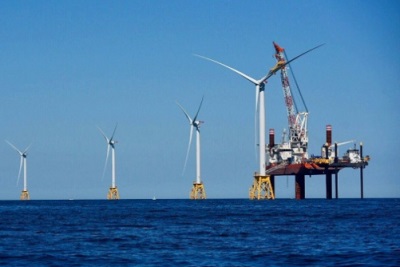Some types of Large Complex Projects include some aspect of Series manufacturing and/or construction. Examples include train rolling stock projects, large offshore windfarms, marine construction, recovery of nuclear waste etc. The concept can even be extended to the development project part of automotive or aeronautical projects. A substantial contribution to project success lies in the proper exploitation of the production learning curve as well as tight configuration management. Those specifics and some other aspects need to be considered from the start of the project. Our new White Paper 2018-11 ‘How to Handle Large Complex Projects That Include Series Production’ gives an overview of the specific issues that need to be considered for those projects.
 Because a substantial Series Effect in the form of improved productivity can be observed within the first 3 sets of the production of any complicated item or the performance of complicated process, the concept of Series can be very large. It covers:
Because a substantial Series Effect in the form of improved productivity can be observed within the first 3 sets of the production of any complicated item or the performance of complicated process, the concept of Series can be very large. It covers:
- Small Series (from 3 to a dozen sets),
- Medium Series (from a dozen to few hundred sets),
- Large Series (in excess of a few hundred sets).
It is important to note that depending on the level of possible customisations offered to the end client, large Series may have to be considered as medium series (and medium series small series) at least for a part of the item that is being built.
The concept of Series might also apply to only one part of the project such as a specific component or construction operation. Because the Series Effect offers generally such a huge gain of efficiency, all aspects of a project that can be standardised and repeated should be.
Implementing a Large Complex Project that involves a Series, be it small, medium or large, requires taking specific steps to ensure the project delivers the maximum value. Those steps can have very significant structural consequences on the full value chain of the project. Most importantly, capacity issues must be carefully analysed to make sure the project understands and anticipates potential bottlenecks. Finally, the prevention of generic faults must be an essential focus and reliability engineering must be deployed in a comprehensive manner. Discover details of steps to be taken in our new White Paper 2018-11 ‘How to Handle Large Complex Projects That Include Series Production’.
If you can’t access the link to the white paper, copy and paste the following link in your browser: http://www.projectvaluedelivery.com/_library/2018-11_Series_in_projets_v0b.pdf

